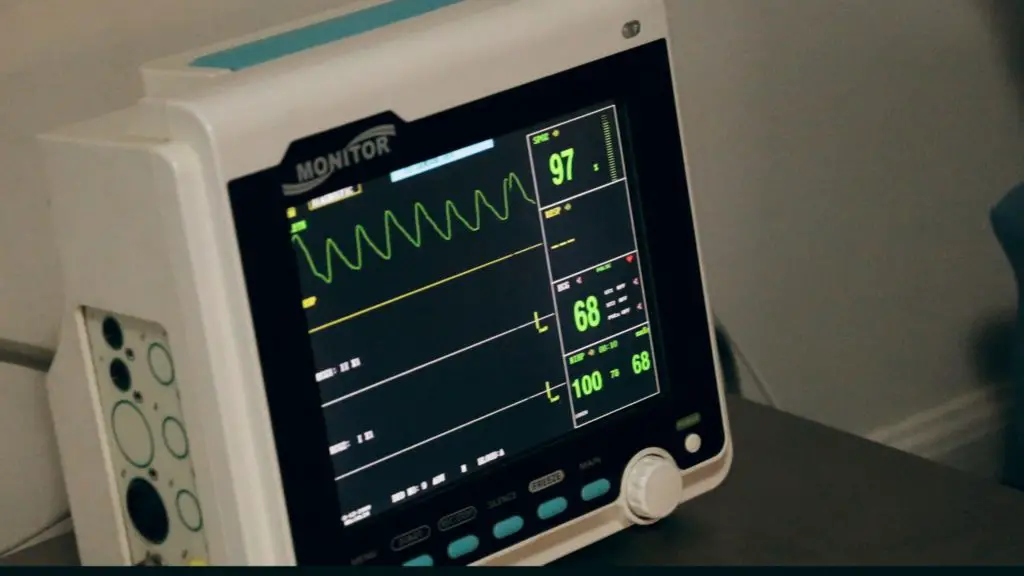WNL, an acronym signifying “Within Normal Limits,” is omnipresent in medical documentation. This succinct representation often appears in patient charts, clinical notes, and diagnostic reports. While healthcare professionals easily interpret it, patients and non-medical individuals may find it perplexing. Understanding WNL demystifies a critical component of medical communication, ensuring clarity in interpreting health conditions.
This article elucidates WNL, detailing its application and relevance in clinical assessments, enhancing comprehension for both practitioners and those unfamiliar with medical jargon.
Defining WNL
WNL stands for “Within Normal Limits.” Healthcare practitioners employ this designation to indicate that evaluation results, clinical examinations, or physiological functions meet expected standards. For example, stating “lungs WNL” suggests no irregularities in a pulmonary check. This phrasing is common throughout healthcare fields, involving blood work, clinical inspections, and imaging reviews. By standardizing findings, WNL facilitates the clear communication of a patient’s condition, thereby enhancing diagnostic processes and therapeutic decisions.
Why Healthcare Providers Use WNL
WNL captures a spectrum of normalcy, succinctly noting the lack of concerning deviations. This term facilitates quick documentation and smooth communication in the intricate healthcare landscape where both time and precision are crucial.
What WNL Does NOT Mean
WNL does not imply perfect health; instead, it denotes a lack of significant findings. Minor irregularities might be present, yet they are regarded as non-threatening in this setting.
When WNL Is Commonly Used
Physical Exams
During routine check-ups, physicians often document “WNL” when examining vital systems. For instance, should the heart produce regular rhythms, lungs exhibit clear breath sounds, skin present no lesions, and reflexes respond appropriately, each observation will be marked as WNL. This acronym ensures that all these essential elements fall under healthy parameters.
Lab Tests
WNL frequently appears in lab reports, indicating that the assessments align with standard ranges. For example, a blood sugar reading within the accepted glucose thresholds will be noted as “Blood sugar WNL.” Likewise, cholesterol readings, liver function indices, and other critical markers would have WNL indicated if they meet expected values, implying no concern is warranted.
Imaging Results
Imaging studies like X-rays, MRIs, and ultrasounds employ WNL to denote a lack of abnormalities. When reviewing an X-ray, for instance, should bones, joints, and soft tissues appear standard, the radiologist summarizes the insights with WNL. This term in imaging findings signifies that the examined organ or area functions correctly without detectable issues.
Mental Health Assessments
In psychiatric evaluations, WNL represents the absence of significant abnormal mental processes or behaviors. If a patient’s cognitive abilities such as memory, attention, and insight are within typical boundaries, the psychiatrist can use WNL. This notation confirms that, mentally, the individual exhibits responses anticipated for their age and health status.
WNL vs. Normal – What’s the Difference?
“Normal” covers subjective and variable factors like age, sex, and genetics, indicating individual disparities. “WNL” precisely identifies results inside established clinical reference ranges. While “normal” accounts for demographic differences, “WNL” relies on standardized statistical benchmarks. Clinical evaluations emphasize WNL for unbiased assessment, ensuring uniformity across patient evaluations.
“Normal” aligns with personal distinctions; WNL serves as a reference point for diagnostic accuracy. Unlike the broad flexibility of “normal,” WNL’s specific criteria enhance clinical precision, reducing interpretive variability.
The Limitations and Controversies
The term “within normal limits” can sometimes paint an overly simplistic picture of an individual’s wellness. A person might display symptoms despite their test indicators falling within standard ranges, leading to crucial underlying conditions being overlooked. This may cause frustration among those who feel their genuine medical concerns remain unaddressed when physicians rely heavily on lab results categorized as WNL.
Differences in Interpretation
What constitutes “within normal limits” can vary among healthcare professionals, influenced by individual perspectives and regional medical practices. Different specialties may interpret clinical data in varied ways, resulting in inconsistencies that affect diagnosis and treatment strategies.
Evolving Clinical Norms
Healthcare guidelines and reference ranges evolve as research provides new insights and updates standards. What was once deemed “within normal limits” can change, reflecting advancements in understanding human physiology. These shifts require continuous adaptation from clinicians, ensuring they stay aligned with current medical knowledge.
Deciphering Your Clinical Assessment with WNL
Identifying “WNL” or “Within Normal Limits” in a clinical summary can be comforting. Nonetheless, if ailments continue despite this notation, seeking additional clarification is vital. Clinical lingo can be intricate, and grasping the particular significance of “WNL” regarding your wellness is crucial.
Inquiries to Make with Your Physician
When “WNL” appears but you still feel uneasy, ask clear questions of your medical professional. Probe, “Does WNL imply there’s no cause for concern?” or “Should more evaluations be pursued?” This method ensures a thorough grasp of your condition and prevents potential lapses in care.”
